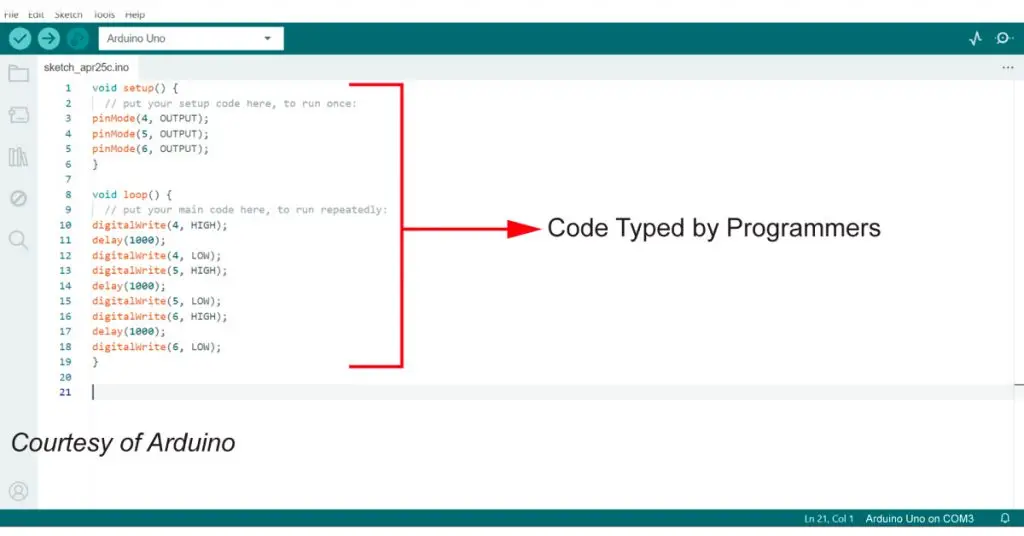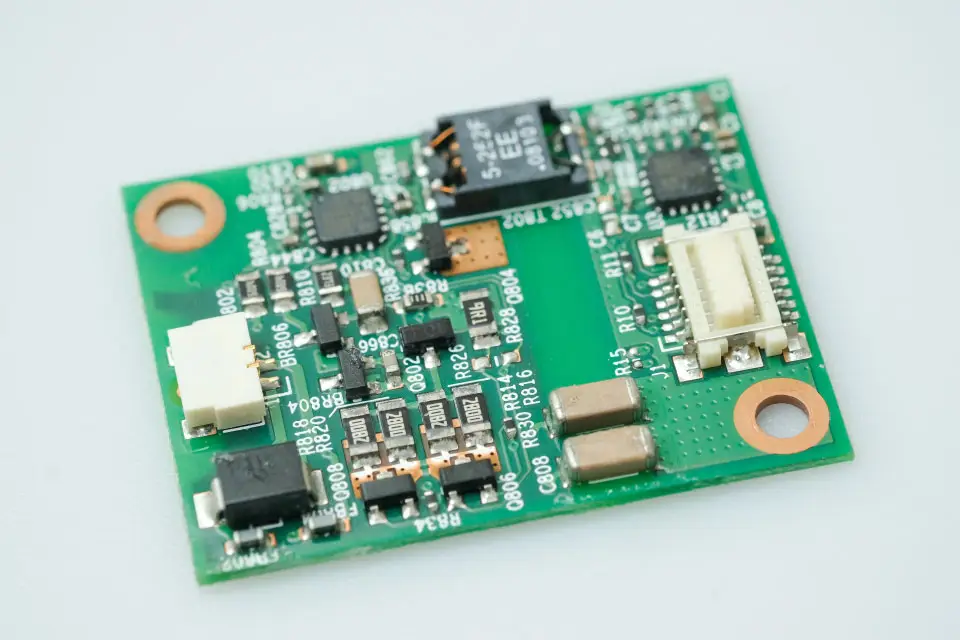Embedded systems programming for IoT is the backbone of today’s connected world, powering billions of smart devices. From smart homes to healthcare, transportation, and industrial automation, IoT devices depend on optimized embedded programming to deliver reliability, performance, and energy efficiency under strict resource constraints. An important enabler of this process is the use of Integrated Development Environments (IDEs), which streamline programming and debugging for embedded applications.
Role of IDEs in Embedded Systems Programming
An IDE is a software platform that provides a complete environment for writing, compiling, debugging, and deploying embedded code. For IoT devices, where precision and efficiency are vital, IDEs offer several advantages:
- Code Development and Debugging: IDEs allow engineers to write and test code in a structured way. Features such as syntax highlighting, debugging tools, and simulators help catch errors early.
- Cross-Compilation: Since IoT devices often use microcontrollers with different architectures, IDEs support cross-compilers that translate high-level code into device-specific instructions.
- Integration with Hardware: Many IDEs provide direct support for development boards and IoT kits, allowing real-time testing and seamless uploading, also known as flashing, of code onto embedded hardware.
- Resource Monitoring: Some advanced IDEs allow monitoring of CPU usage, memory consumption, and power profiles, helping programmers optimize for resource-constrained environments.

Key Challenges in Embedded Programming for IoT
Resource Constraints
IoT devices are usually powered by batteries or low energy sources. This makes efficient use of memory, CPU cycles, and energy a top priority in programming.
Real-Time Requirements
Many IoT applications, such as automotive safety or industrial monitoring require real-time response. Programs must be optimized to minimize latency and guarantee predictable execution times.
Security Concerns
With IoT devices constantly exchanging data, vulnerabilities in code can expose systems to cyber threats. Optimized programming must include lightweight yet effective encryption and authentication mechanisms.
5 Strategies for Optimization
1. Efficient Code Design
Writing lean code and avoiding unnecessary operations reduces both execution time and power consumption. Techniques like loop unrolling, using fixed-point arithmetic instead of floating-point, and minimizing function calls can enhance performance.
2. Memory Management
Careful allocation of memory is crucial. Using static memory allocation instead of dynamic, reducing buffer sizes where possible, and leveraging memory-efficient data structures can prevent resource wastage.
3. Low Power Programming Techniques
Using sleep modes, duty cycling, and event-driven programming helps IoT devices conserve energy. Optimizing firmware to put peripherals into low power states when idle is a common practice.
4. Real-Time Operating Systems (RTOS)
An RTOS provides predictable scheduling, inter-task communication, and efficient resource sharing, making it suitable for time-sensitive IoT applications. Lightweight RTOS options such as FreeRTOS and Zephyr are widely used.
5. Modular and Scalable Design
Programming should allow future upgrades without complete re-engineering. Modular code makes it easier to adapt IoT devices for evolving requirements, such as new sensors or communication protocols.
Optimizing embedded systems programming for IoT devices is about balancing performance, energy efficiency, and security within strict resource limits. By leveraging low power techniques, integrating RTOS solutions, and applying smart coding practices, engineers can ensure that IoT devices remain reliable and efficient in real-world applications. As IoT adoption grows, optimization in embedded programming will play a central role in enabling connected, intelligent, and sustainable systems.
Do you want to find out more about embedded systems programming? Visit our website and check out our course, Embedded Systems Programming.


